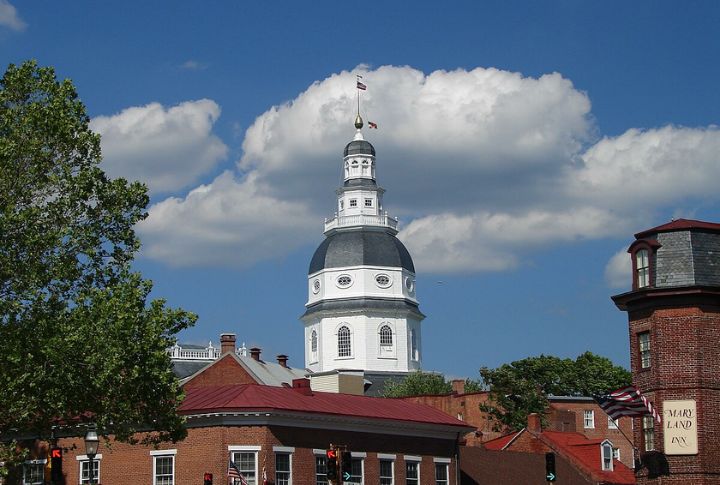
Thinking of moving to Maryland? You might want to pack more than just your Old Bay seasoning. Life here isn’t all waterfront views and blue crab feasts—there are a few hidden thorns beneath the state’s polished reputation. Let’s pull back the curtain on some realities that might just surprise you.
High Cost Of Living

Maryland’s cost of living isn’t just about pricey homes. Utility bills typically run 10–20% higher than the national average, and groceries can cost significantly more, especially fresh produce and meats. Combined with healthcare expenses that rank among the highest nationally, newcomers face a steep financial learning curve.
Traffic Congestion Challenges

Maryland’s traffic congestion is a daily struggle near major cities like Baltimore and Washington, D.C., which have outdated infrastructure and a growing population, leading to frequent delays. Highways such as I-495 and I-270 frequently experience gridlock, transforming short commutes into lengthy, stressful drives. Additionally, limited public transit leaves many residents dependent on cars.
Limited Affordable Housing Options

Finding affordable housing in Maryland isn’t easy these days. Prices keep going up, and there just aren’t enough new places being built. So, a lot of people end up either squeezing into smaller spaces or moving far from work and the city. This shortage is making it harder for young professionals and families to settle down and build roots.
Limited Nightlife In Many Areas
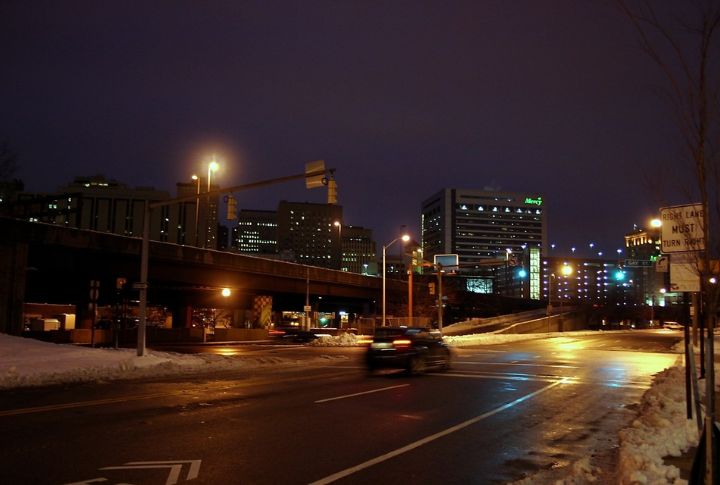
Outside Baltimore and the D.C. suburbs, nightlife options in Maryland are limited. Rural and smaller suburban areas often lack late-night bars, restaurants, and entertainment venues. For those who enjoy vibrant social scenes, this can make socializing difficult and lead to a quieter, more restrictive lifestyle.
Competitive Job Market In Key Sectors

Maryland’s thriving biotech and government sectors attract many highly skilled professionals, making job competition tough. Without specialized experience or strong networks, landing a top position can be difficult. Many newcomers find it challenging to secure well-paying jobs in these competitive industries.
Limited Diversity In Rural Communities
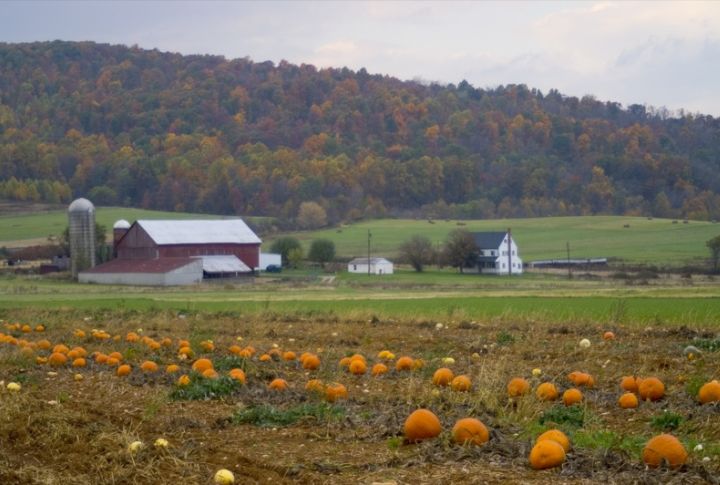
Rural Maryland communities tend to lack ethnic and economic diversity compared to urban areas. This can lead to fewer cultural experiences and social opportunities, making it harder for newcomers from diverse backgrounds to feel welcome. The homogeneous environment may also feel isolating to people seeking a vibrant, multicultural lifestyle.
Uneven School Quality Across Districts
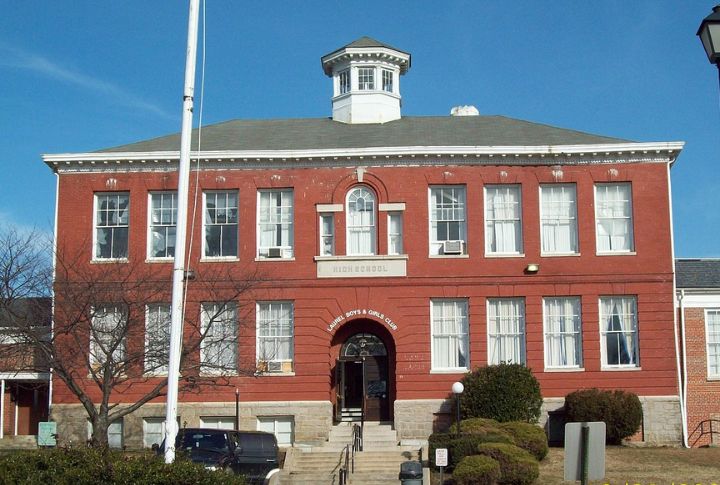
School quality in Maryland differs greatly across districts. Some provide top-tier education and ample resources, while others face funding shortages and lower achievement. Parents often face a difficult choice between affordable neighborhoods and quality schools, which can significantly impact their children’s education and daily lives.
Rising Offense Rates In Certain Areas
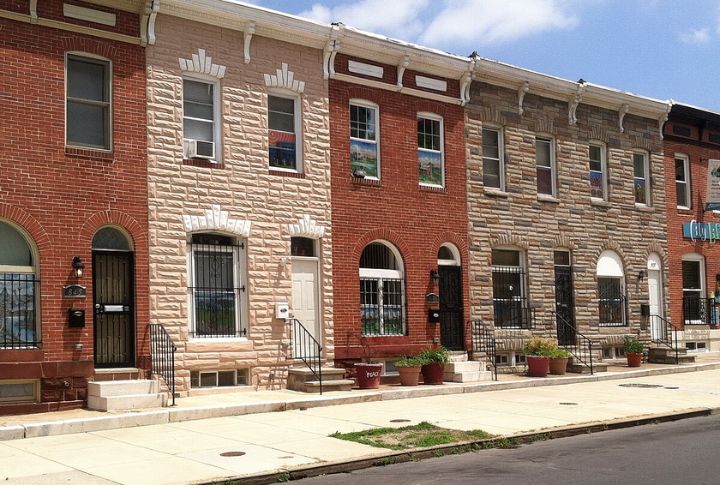
Certain Maryland cities, notably Baltimore, experience offense rates above national averages, including property violence. These issues impact residents’ sense of safety and influence decisions about where to live. Meanwhile, many suburban and rural areas offer safer environments, attracting those seeking peace and stability.
Complex Regulatory Environment
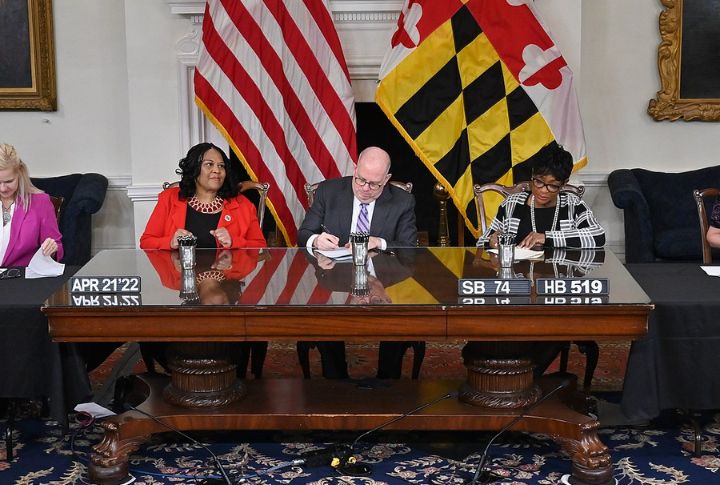
Navigating Maryland’s regulations can be challenging due to strict environmental rules, zoning restrictions, and permit processes. Such complexities often cause delays and add expenses for both businesses and homeowners. Successfully managing these requirements typically demands patience and specialized knowledge to avoid unexpected setbacks and keep projects on track.
Harsh Winter Weather Can Be Challenging

Maryland winters frequently bring icy roads, heavy snowfall, and freezing temperatures that can disrupt daily life. For those not used to cold weather, this means higher heating bills, hazardous commutes, and potential seasonal isolation. Proper preparation and adaptation are essential to ensure safety, comfort, and continuity during the challenging winter months.
